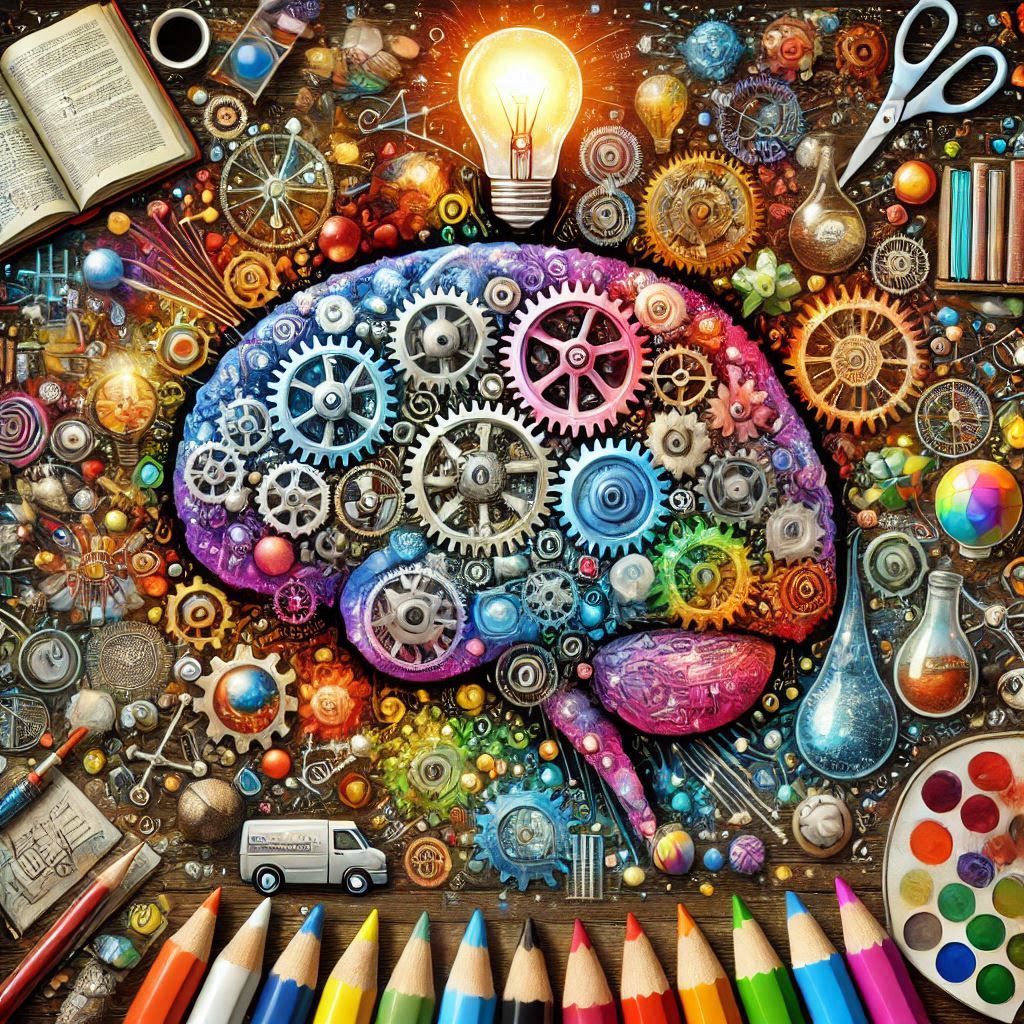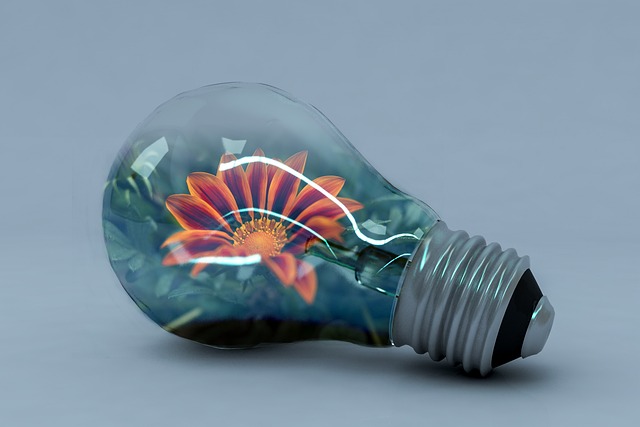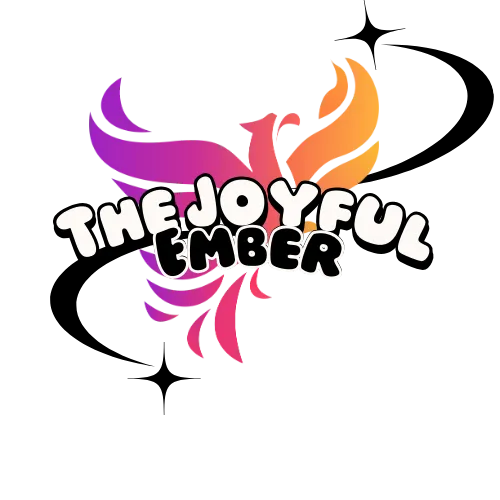
The Link Between Creativity and Mental Well Being
Creativity has always been seen as a source of self-expression and sometimes even accomplishment. But did you know that creativity also has a profound impact on our mental health?
From painting/drawing to writing to cooking or problem-solving, creative activities can play a crucial role in reducing stress, enhancing mood, and boosting mental clarity. So, whether you’re an artist or someone who’s never touched a paintbrush, creativity can be a powerful ally in your mental health journey.
In this post, I’m going to dive into the science behind creativity and its effects on mental well-being. You’ll learn how engaging in creative activities helps reduce stress, boost mood, and can improve cognitive function. Plus, we’ll explore how you can harness your own creative energy to feel more balanced and connected in your everyday life.

The Science Behind Creativity and Stress Reduction
Stress is something we all experience, whether it’s from work pressures, personal challenges, or daily life demands. When we’re stressed, our bodies go into “fight or flight” mode, releasing hormones like cortisol, which prepares us to react to danger. While this response is important in critical situations, chronic stress—when cortisol levels stay elevated—can have a damaging impact on both our physical and mental health.
Here’s where creativity steps in. Engaging in creative activities can lower cortisol levels, offering a natural stress-relief mechanism. Studies have shown that when we focus on a creative task, our brains shift into a different mode, one that encourages relaxation, mindfulness, and even joy.
In fact, one study published in the ‘Journal of the American Art Therapy Association’ found that “just 45 minutes of creative activity can reduce stress”.
Creativity as a Tool for Emotional Expression
Mental health struggles often arise when emotions are repressed or ignored. When you’re feeling overwhelmed, anxious, or sad, it can be difficult to express those feelings with words.
Creative outlets, like writing, drawing, gardening, or music, gives you an alternative way to express what’s going on inside your mind and heart. These forms of expression allow you to process emotions without needing to put them into structured language.
Art therapy is a form of therapy that’s often used to help people work through trauma, anxiety, or depression. Instead of verbalizing intense emotions—which can be challenging for some individuals—patients are encouraged to express their feelings through painting, drawing, or even sculpting.
This kind of expression can unlock deeper layers of the subconscious, allowing individuals to release pent-up emotions.
Even if you're not seeing a therapist, you can still use creative activities as an emotional outlet. Writing in a journal, for example, can help you with feelings that may otherwise be buried. Whether you’re scribbling your thoughts in a notebook or creating a personal collage, the act of expressing your emotions through creativity can help.
The Healing Power of Playful Creativity
While creativity can often feel like serious work, it’s also important to remember the value of playing & just having fun.
Engaging in activities for fun—whether it’s doodling, knitting, or daydreaming—allows you to take a break from everyday stressors and tap into your playful side. This playful creativity fosters a sense of joy and curiosity that can help balance out the stresses of adult life.
When we allow ourselves to simply just play and experiment with different creative processes, we’re engaging in what psychologists call “play therapy.” This type of creativity helps us reconnect with a sense of joy and wonder, while also giving us a healthy outlet for the emotional challenges we face. It’s not about being perfect or creating something meaningful—it’s about having fun and allowing our minds to wander freely.

How to Harness Creativity for Your Mental Well-Being
Now that we understand the link between creativity and mental well-being, the next step is to start. Here are some simple ways to tap into the power of creativity in your own life to support your mental health:
1. Set aside time for creative activities: You don’t need hours of free time to be creative. Even just 10-15 minutes a day of drawing, journaling, or dancing can have a noticeable effect on your stress levels and emotional well-being.
2. Try something new: If you’ve never painted or written poetry, give it a try. You don’t need to be an expert to enjoy the creative process—just dive in and see where your imagination takes you.
3. Use creativity to process emotions: If you’re feeling stressed or overwhelmed, try expressing what’s on your mind through writing, playing with playdough, or even making music.
4. Embrace playfulness: Don’t worry about being perfect. Making silly drawings, doodling, or singing out loud—helps you reconnect with a sense of joy and freedom. This playful creativity can significantly reduce stress and boost happiness.
5. Create a mindful space: Whether it’s a quiet room or a cozy corner, create an environment that invites creativity and relaxation. Surround yourself with tools or materials that inspire you, and allow yourself to fully immerse in the process without distractions.
Creativity isn’t just for artists or writers—it’s for everyone. It doesn’t matter if you’re picking up chalk for the first time, journaling your thoughts, or simply doodling on a napkin, creativity has the power to help you feel more connected, relaxed, and emotionally balanced.
The key is to make space for the creative activities that bring you joy, help you process emotions, and give your brain a break from stress.
As you explore new creative outlets, approach the process with curiosity and an open mind. You may just discover a powerful tool for managing stress and enhancing your mental well-being that you never expected.
